Window condensation typically occurs when there is a wide disparity between the temperature inside and outside your home, especially when the warmer side is humid. As windows are normally one of the coldest surfaces within your home, they are one of the first areas to collect condensation when temperature differences occur.
Surprisingly, condensation can form in both extremely cold and extremely hot weather. It all depends on the humidity level of the warmer side. When it is cold outside and the indoor temperature rises above 50°F, condensation can occur inside. Same goes for when it is hot and sunny outside; condensation can build up outside when the home is heavily air-conditioned.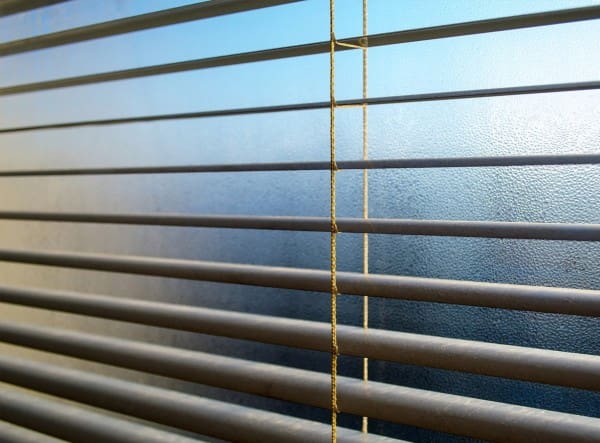
Causes of Condensation
Aside from general weather conditions, day-to-day activities like cooking and washing laundry can cause window condensation by contributing to the level of humidity in the air. When air reaches 100% relative humidity, it is at its saturation point, or the point where it contains more moisture that it can hold. This is when water vapor is converted back into condensation. The temperature at which air reaches its saturation point is known as the dew point.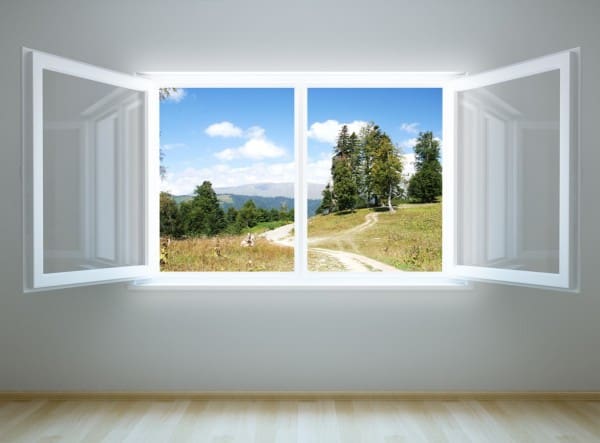
How to Stop Condensation
The first thing you need to do is to lower humidity levels inside your home. Again, condensation occurs at 100% relative humidity, so ideally indoor humidity levels should fall around 45%. You can achieve this by ensuring proper ventilation. A simple trick is to open your windows. Even opening windows for just a few minutes each day will let moist air out and drier air in, preventing your home from getting too humid.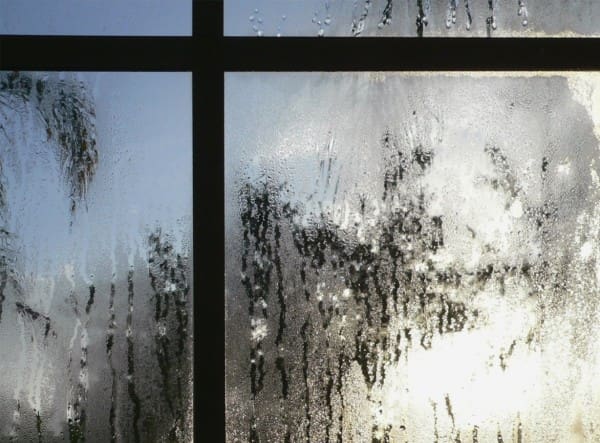
You can also:
- Turn on exhaust fans in kitchens and laundry rooms.
- Install a dehumidifier.
- Get a heat recovery ventilator (it pushes damp air out and directs drier air in).
- Minimize use of indoor plants and don’t overwater (water absorbed by a plant is eventually released back into the air as water vapor).
An Exception
If you spot condensation on the inner or outer side of your window, improving ventilation in your home should take care of the problem. However, if condensation is present between panes of glass, this means that your window’s seal has been broken and your window is no longer insulating your home as it should.
Seals can fail for a variety of reasons, but they do so mostly due to everyday wear-and-tear brought about by changes in temperature that lead to windows constantly contracting and expanding. As such, condensation between glass panes is common in older windows. Once a window seal has been broken, it cannot be repaired to a level comparable to when the window was new. This is why the presence of condensation between glass panes is often a sign that it is time for replacement. Fortunately, there are a number of options available to help you find the best replacement window for your home. Need to work with a budget? There are replacement windows at many price points, and there will be one that is suitable for you.
Author Bio:
Jim Krantz is a home improvement professional contractor and writer for Renewal by Andersen of Colorado Springs. He is always focused on delivering the very best customer experience, the highest quality windows and doors, and the best value. When he is not busy working, he loves to share his ideas to other people through blogging.

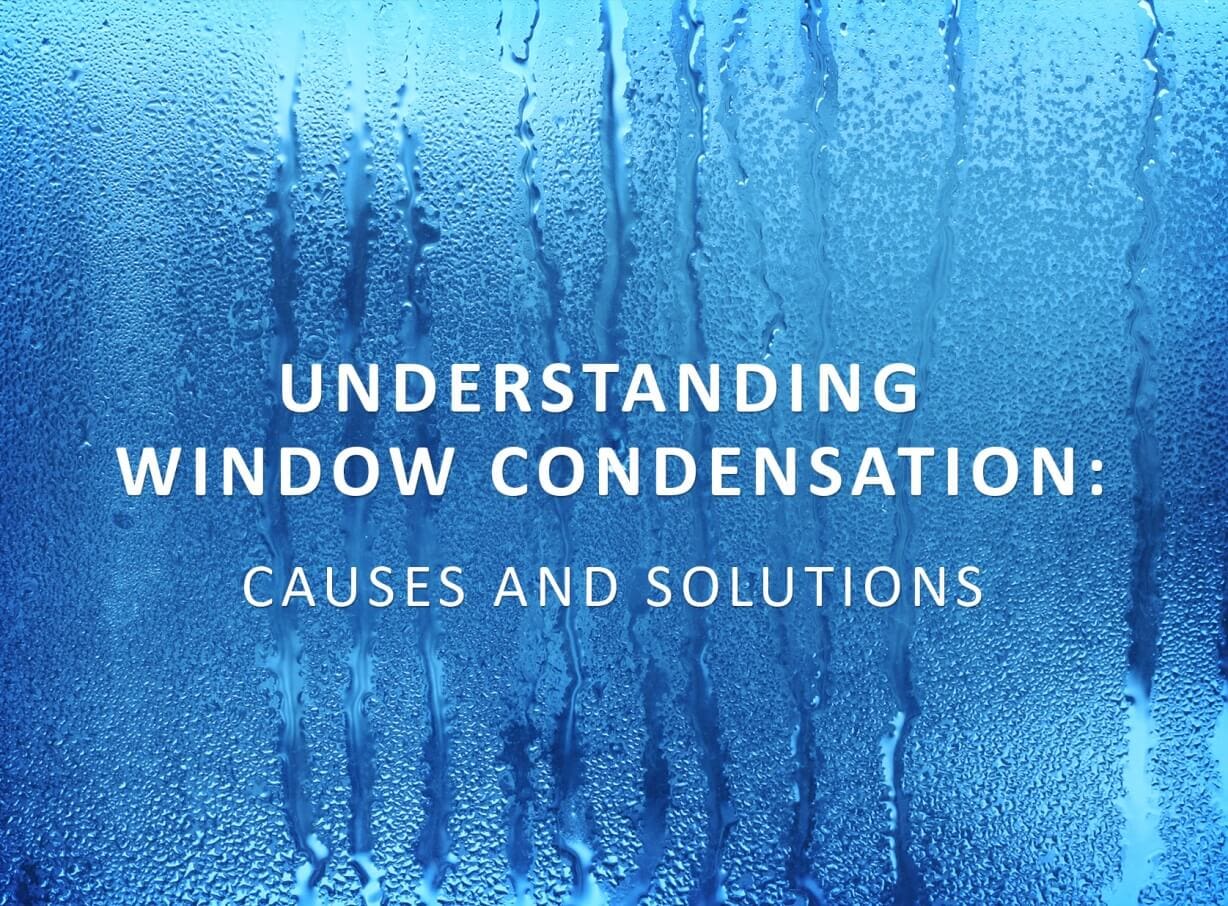
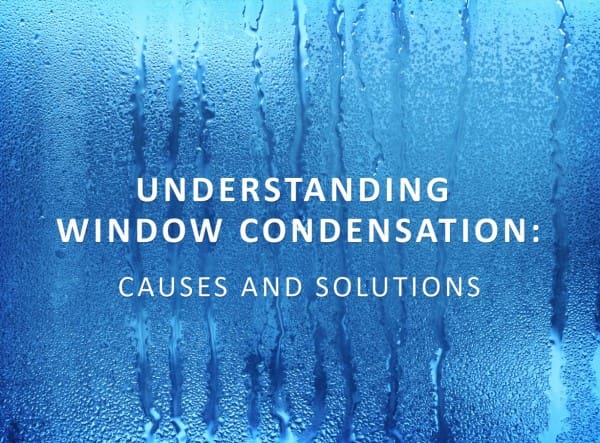


Leave a Comment